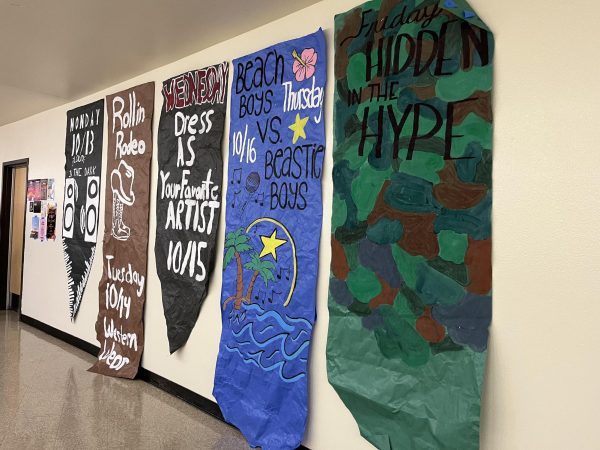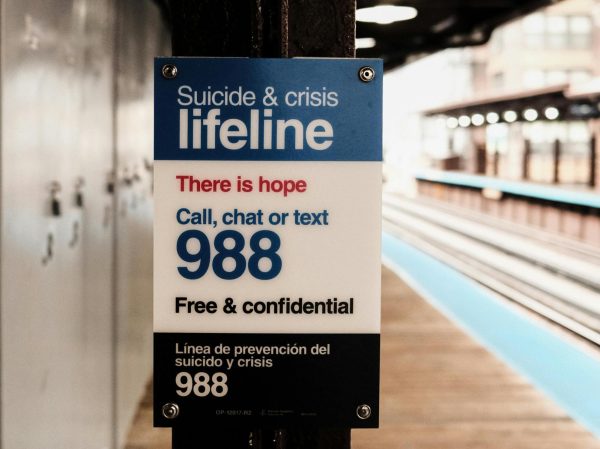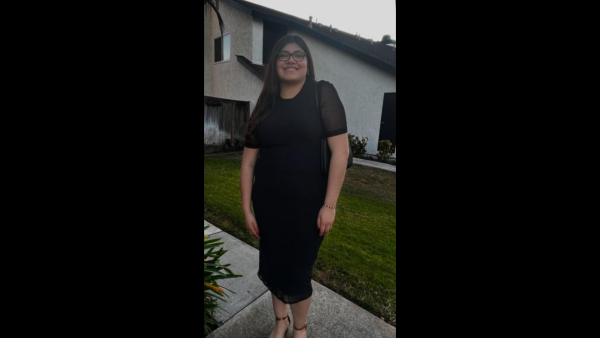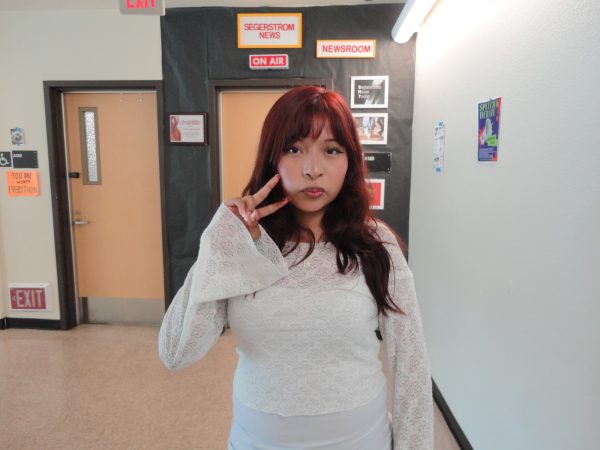The Effect of Distance Learning During COVID-19
The coronavirus pandemic has affected many schools worldwide, causing them to convert to either hybrid or fully digital learning.
The coronavirus pandemic has affected many schools worldwide, causing them to convert to either hybrid or fully digital learning.
Recently, SAUSD has informed the community that if the case rate in Santa Ana continues to decrease, students may be able to return to school in a hybrid model — a balance of attending school both physically and virtually — as an alternative to complete distance learning. If students are allowed to do so, schools will take extensive measures to ensure the safety and wellbeing of staff and students.
Although students can rely on our means of communication to keep in touch with family, friends, and teachers through technology like messaging, video conferencing, and mailing systems, the sudden transition can be detrimental to an individual’s mental and emotional health while social distancing.
“At first, I was somewhat glad to experience distance learning due to the lack of communication with other peers, but now it’s even harder to do that. I miss how it used to be,” said Samantha Rodriguez, a freshman here at Segerstrom High.
Adjusting to this new way of learning may bring additional anxiety or stress upon everyone. However, students are lucky to have many helpful resources that will assist them as they endure this period of isolation. Students have an immensely supportive group of teachers and other staff members that will continue to do their best to help their students in any way possible so they may resume academic learning even amid this global crisis. Students have several options to depend upon in terms of learning, such as extra tutoring hours. Students also have the opportunity to have one-on-one conversations with their teachers for more support during these challenging times. During the virtual school day, It can be
difficult to get in touch with teachers when a student is struggling. Extra tutoring can make a big difference in a student’s academic performance and success.
Some other resources that are available to our students include virtual lunch bunches, held every Wednesday and Thursday this month. Students are encouraged to join Google Meets to be able to connect and interact with other students, even if it means being separated by a digital screen. Students should also be sure to reach out to their friends as social isolation continues to become more overwhelming.
As everyone continues to navigate through these challenging times, it can be a struggle to adapt to this unusual way of learning and interacting with others. However, everyone is working diligently to get back on their feet to ensure a return to a physical school setting, whether in a normal or hybrid model. Together, everyone can slow the spread of the virus by adhering to the new regulations that have been established, like wearing facial coverings and social distancing in a public environment. If individuals can meet all these requirements, this crisis will be seen as a thing of the past. In the case of COVID-19 resurfacing in the future, society will have enough information to form a deeper understanding of how to handle the situation properly.
As of right now, we are unsure of when we will be able to revert to living normally again. According to SAUSD, staying healthy and optimistic will contribute to stopping the spread.





